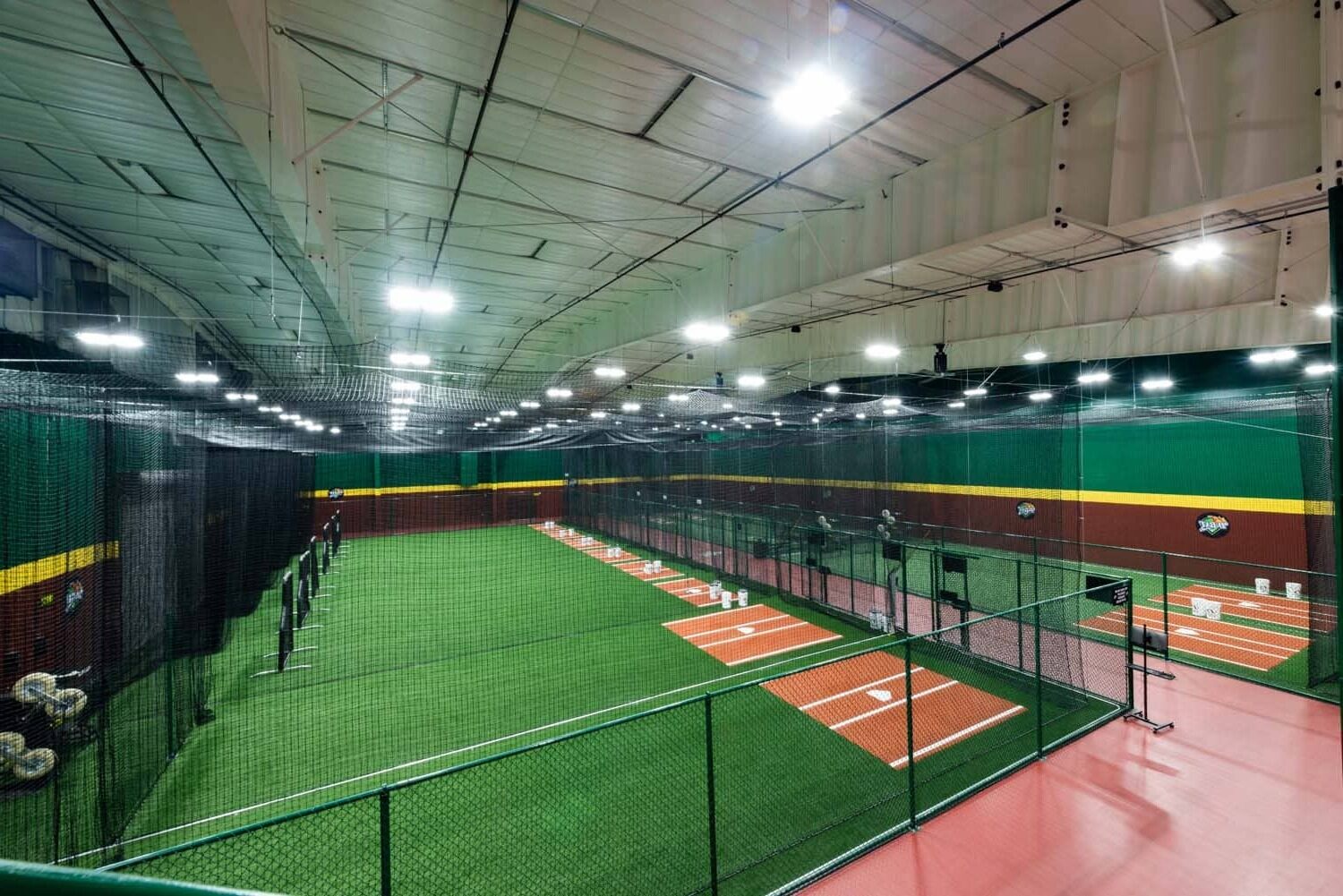
Facility design plays a crucial role in how spaces function and feel. Whether it's a school, hospital, or office, the layout and structure can impact productivity, safety, and overall well-being. But what exactly goes into creating these spaces? How do architects and designers decide on the best layouts, materials, and technologies? From the importance of natural light to the latest in sustainable building practices, there are countless factors to consider. This article will explore 30 intriguing facts about facility design that might surprise you. Get ready to learn about the hidden details that make your favorite spaces work seamlessly.
Facility Design: The Basics
Facility design is a broad field that involves planning and creating spaces for various purposes. From hospitals to schools, factories to offices, each facility has unique requirements. Here are some fundamental facts about facility design:
-
Facility design involves creating spaces that meet specific needs, whether for work, education, healthcare, or recreation.
-
Ergonomics plays a crucial role in facility design, ensuring spaces are comfortable and efficient for users.
-
Sustainability is increasingly important, with designs focusing on energy efficiency, waste reduction, and eco-friendly materials.
-
Safety regulations must be followed to protect occupants, including fire safety, structural integrity, and accessibility standards.
-
Technology integration is essential, with modern facilities incorporating advanced systems for communication, security, and automation.
Historical Perspectives on Facility Design
Understanding the history of facility design helps appreciate its evolution and current practices. Here are some historical insights:
-
Ancient civilizations, like the Egyptians and Greeks, designed facilities with specific purposes, such as temples, baths, and amphitheaters.
-
The Industrial Revolution significantly impacted facility design, leading to the creation of large factories and warehouses.
-
Modernism in the 20th century introduced minimalist designs, focusing on functionality and simplicity.
-
Postmodernism brought a mix of styles and a focus on aesthetics, leading to more visually diverse facilities.
-
The green building movement began in the late 20th century, emphasizing sustainable and environmentally friendly design practices.
Key Elements of Facility Design
Several elements are crucial in creating effective facility designs. These elements ensure the facility meets its intended purpose and serves its users well:
-
Space planning involves organizing spaces to maximize efficiency and functionality.
-
Lighting is essential for creating a comfortable and productive environment, with natural light being highly valued.
-
Acoustics must be considered to reduce noise pollution and enhance sound quality within the facility.
-
Ventilation ensures good air quality and comfort for occupants, especially in large or enclosed spaces.
-
Aesthetics play a role in creating an appealing and welcoming environment, influencing mood and productivity.
Facility Design in Different Sectors
Different sectors have unique requirements for facility design. Here are some examples:
-
Healthcare facilities need designs that support patient care, including easy navigation, hygiene, and comfort.
-
Educational facilities require flexible spaces that support various learning activities and technologies.
-
Industrial facilities focus on efficiency, safety, and workflow optimization.
-
Commercial facilities prioritize customer experience, accessibility, and brand representation.
-
Residential facilities aim for comfort, privacy, and functionality for daily living.
Challenges in Facility Design
Designing a facility comes with its own set of challenges. Here are some common ones:
-
Budget constraints can limit design options and require creative solutions to meet needs within financial limits.
-
Regulatory compliance involves navigating complex building codes and standards.
-
Site limitations may include space restrictions, environmental concerns, or existing structures.
-
User needs can be diverse and sometimes conflicting, requiring careful balancing.
-
Technological advancements mean designs must be adaptable to future changes and innovations.
Future Trends in Facility Design
The future of facility design looks promising with several emerging trends. Here are a few to watch:
-
Smart buildings use advanced technology for automation, energy management, and enhanced user experience.
-
Biophilic design incorporates natural elements to improve well-being and productivity.
-
Modular construction allows for faster, more flexible building processes.
-
Adaptive reuse involves repurposing existing buildings for new uses, promoting sustainability.
-
Virtual reality and augmented reality are becoming tools for designing and visualizing spaces before construction.
Final Thoughts on Facility Design
Facility design isn't just about aesthetics. It’s about efficiency, safety, and functionality. From ergonomics to sustainability, every detail matters. Smart layouts can boost productivity, while poor design can lead to costly errors. Technology plays a huge role too, with automation and smart systems transforming how spaces are used. Sustainable materials and energy-efficient solutions are no longer optional—they’re essential. Whether you’re planning a new facility or upgrading an old one, consider the long-term impact of your choices. Think about how the space will evolve with your needs. Remember, a well-designed facility isn’t just a place to work; it’s a strategic asset that can drive success. So, take the time to plan, invest wisely, and create a space that works as hard as you do.
Was this page helpful?
Our commitment to delivering trustworthy and engaging content is at the heart of what we do. Each fact on our site is contributed by real users like you, bringing a wealth of diverse insights and information. To ensure the highest standards of accuracy and reliability, our dedicated editors meticulously review each submission. This process guarantees that the facts we share are not only fascinating but also credible. Trust in our commitment to quality and authenticity as you explore and learn with us.
